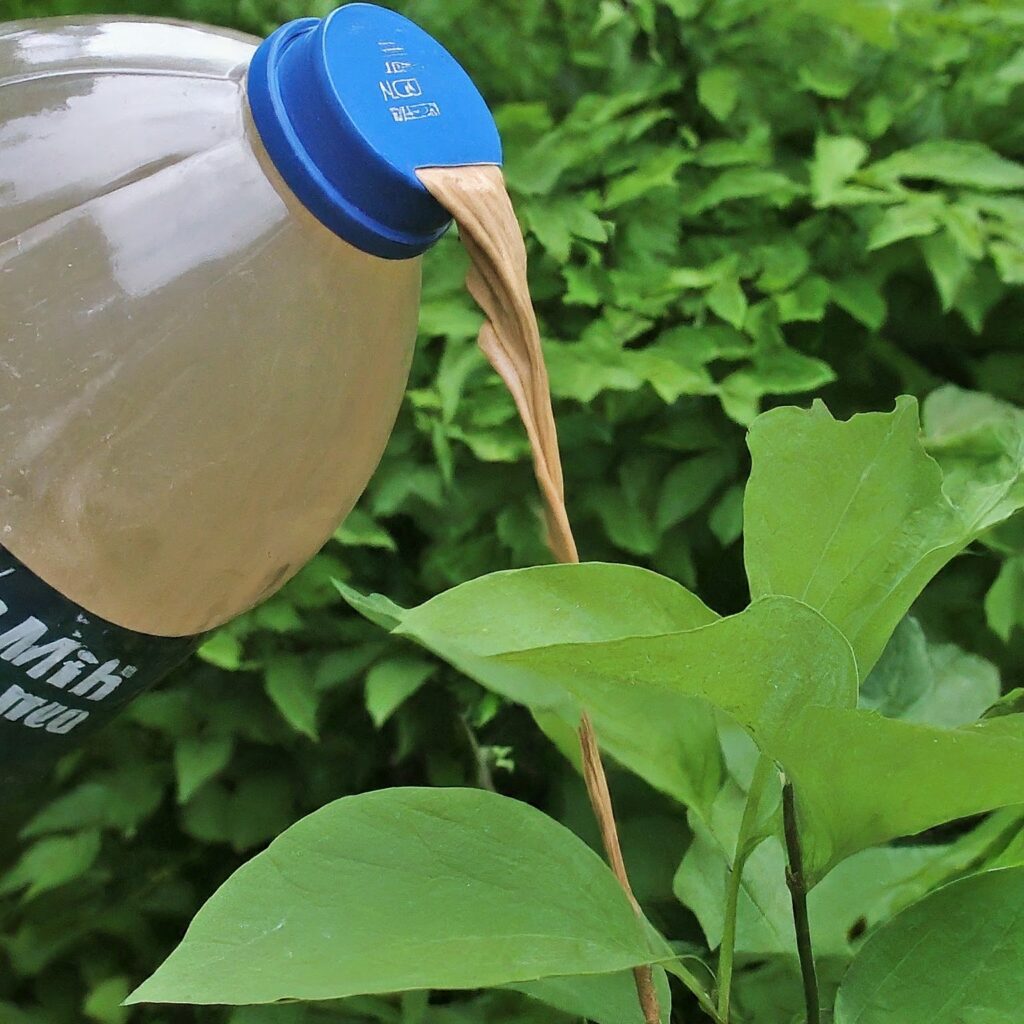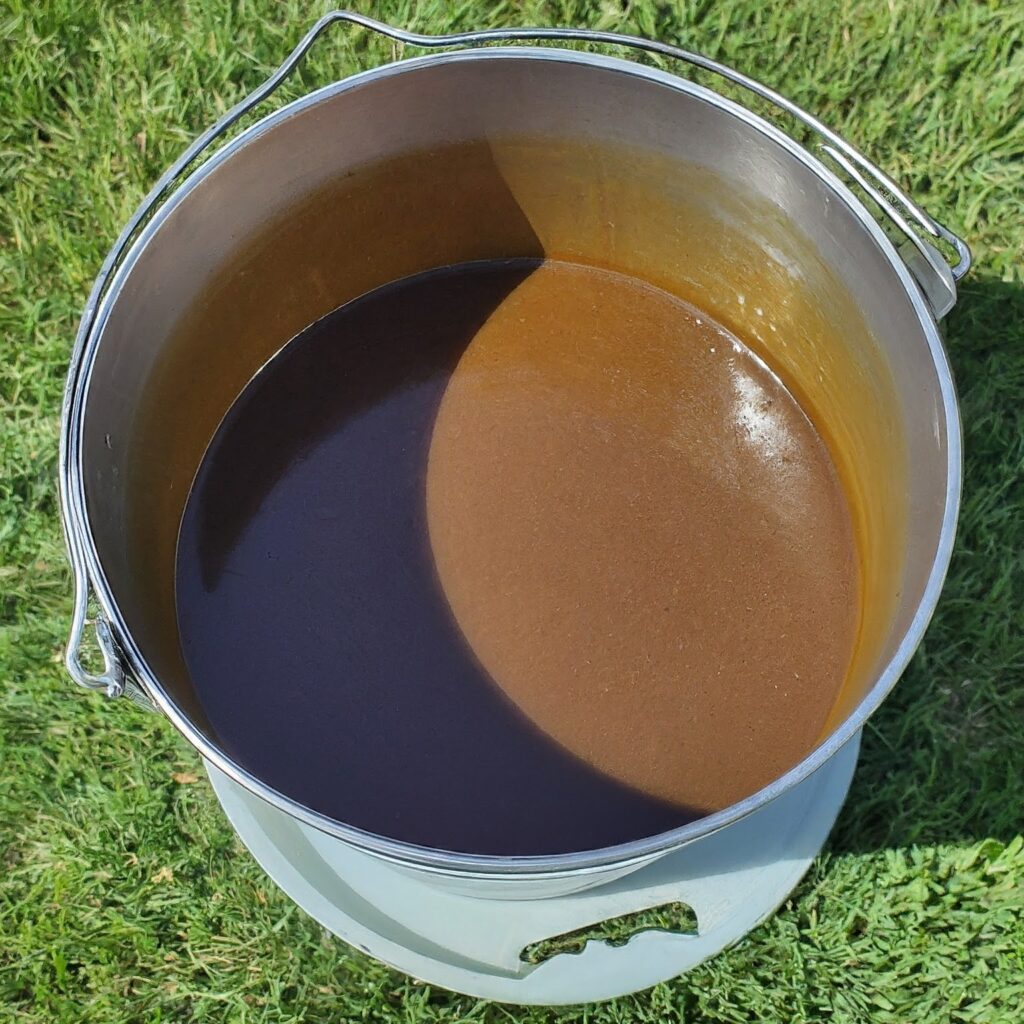If you’re looking to give your plants a nutritious boost, fish emulsion might be just what you need. This organic fertilizer is a favorite among gardeners for its ability to promote strong growth and vibrant blooms.
In this guide, you’ll learn everything you need to know about fish emulsion fertilizer. We’ll explore its benefits, how to use it, and address common questions.
What is Fish Emulsion?

First things first, what is fish emulsion?
Fish emulsion is a liquid fertilizer made from the byproducts of fish, such as fish parts and offal, that are processed and broken down. It’s rich in essential nutrients, including nitrogen, phosphorus, and potassium (NPK), which are crucial for plant growth. Simply put, it’s a natural, nutrient-packed solution that can help your garden thrive.
Benefits of Fish Emulsion for Plants
You might be wondering, is fish emulsion good for all plants? The answer is a resounding yes!
Here are some of the top benefits of using fish emulsion fertilizer:
- Nutrient-Rich: Fish emulsion contains a balanced mix of nitrogen, phosphorus, and potassium, making it an excellent all-purpose fertilizer.
- Improves Soil Health: It boosts the microbial activity in the soil, enhancing soil structure and fertility.
- Quick Absorption: Since it is a liquid fertilizer, plants quickly absorb fish emulsion. This means it delivers nutrients efficiently.
- Safe for Plants: It’s gentle and unlikely to burn plants, even if you accidentally use too much.
- Eco-Friendly: Fish emulsion is an organic option, reducing the need for synthetic fertilizers.
How to Make Fish Emulsion?

If you’re a DIY enthusiast, you can make your own fish emulsion at home. Here’s a simple method:
- Gather Materials: You’ll need fish scraps (heads, bones, guts), water, and a large container with a lid.
- Blend and Mix: Blend the fish scraps with water to create a slurry. The ratio is typically 1 part fish to 2 parts water.
- Ferment: Pour the mixture into the container, seal it, and let it ferment for several weeks, stirring occasionally. This process breaks down the fish and releases nutrients.
- Strain: After fermentation, strain the mixture to remove solids. You’re left with nutrient-rich fish emulsion.
How Often Should I Use Fish Emulsion?
The frequency of application depends on your plants’ needs and growth stage.
Generally, applying fish emulsion every 3-4 weeks during the growing season is ideal.
For heavy feeders, you might use it more often. Always follow the specific instructions on the product label or your homemade mix.
Application Tips
- Dilute Properly: Fish emulsion should be diluted with water before application. A common ratio is 1 tablespoon of fish emulsion per gallon of water.
- Watering Can or Sprayer: You can apply the diluted solution with a watering can or a garden sprayer. Ensure even distribution.
- Avoid Foliage: While foliar feeding is possible, it’s usually best to apply fish emulsion directly to the soil to avoid any potential leaf burn.
Is Fish Emulsion Good for Flowering Plants?
Is fish emulsion good for flowering plants? Yes, it is.
The balanced nutrients promote healthy root development, lush foliage, and vibrant blooms. The mild nature of fish emulsion makes it particularly suitable for delicate flowers.
What is the NPK Value of Fish Emulsion?
So, what is the NPK value of fish emulsion?
Typically, fish emulsion has an NPK ratio of 5-2-2. This means it has 5% nitrogen, 2% phosphorus, and 2% potassium. This balanced mix supports overall plant health and growth.
FAQ
1. Can fish emulsion attract pests?
Fish emulsion has a mild fishy smell that can attract pests. However, once diluted and applied, the smell usually dissipates quickly. To minimize attraction, apply it in the early morning or late evening.
2. Is fish emulsion safe for all plants?
Yes, fish emulsion is safe for all plants. It’s a gentle fertilizer that provides essential nutrients without the risk of burning plants.
3. Can I use fish emulsion on indoor plants?
You can use fish emulsion on indoor plants, but be mindful of the smell. Applying it sparingly and ensuring proper ventilation can help mitigate any odor issues.
4. How should I store fish emulsion?
Store fish emulsion in a cool, dark place, tightly sealed. Proper storage prevents spoilage and maintains its nutrient content.
5. Can I combine fish emulsion with other fertilizers?
Combining fish emulsion with other organic fertilizers is possible. However, always test on a small area first to ensure compatibility and avoid over-fertilization.

